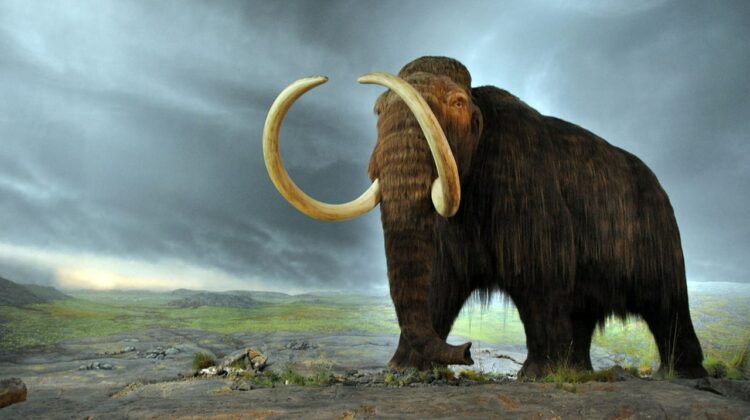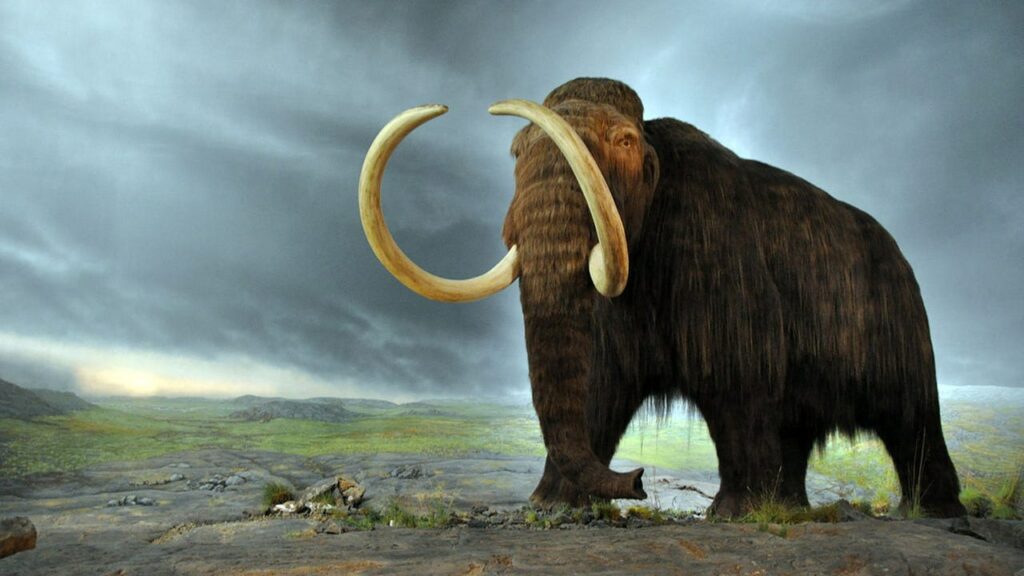
Deep Ellum, Texas, might soon host an unexpected resident – the woolly mammoth. Colossal Biosciences, a pioneering de-extinction company, has set an ambitious goal of bringing a living, breathing mammoth to their Texas facility by 2028.
Ben Lamm, the founder of Colossal Biosciences, explains the company’s approach to de-extinction and species preservation. The process involves identifying the genes associated with key physical attributes of extinct animals, such as the woolly mammoth’s distinctive features – the dome cranium, curved tusks, and cold tolerance. Since mammoths share 99.6 percent of their genes with the Asian elephant, the closest living relative, the goal is to understand the genes that made elephants cold-tolerant.

The de-extinction process at Colossal involves replacing the nucleus of an Asian elephant egg cell with one containing all the genes necessary for mammoth traits. The result would be a hybrid creature, a kind of cold-tolerant elephant with mammoth characteristics.
While some debate the ethical implications of reviving extinct species when many extant animals are endangered, Colossal Biosciences emphasizes the potential benefits. Technologies developed for de-extinction could have applications in human healthcare, and the company aims to share these discoveries with the world, particularly conservation groups and zoos.

Beyond the scientific and ethical considerations, Colossal Biosciences proposes that bringing back woolly mammoths could contribute to addressing climate change. The company suggests that mammoths grazing in the Arctic tundra could promote the growth of grasslands, slowing the thawing of permafrost and reducing the release of stored greenhouse gases.
As the world watches, Colossal Biosciences plans to unfold the story of the mammoth’s return, with 2028 as the potential milestone for this groundbreaking achievement.

Leave a Reply